- To change to default entry I utilized an application that displayed the DDE (dynamic data exchange) values. I personally used FileTypesMan.
I then changed the command line for SSMS to:
"C:\Program Files (x86)\Microsoft SQL Server\110\Tools\Binn\ManagementStudio\Ssms.exe" /dde "%1"
The reason a new instance is always opened with editing seems to be that windows needs to associate the file with a program so that it can identity if the existing program is running and use this instance. This seems to be achieved by using DDE. /dde indicates that the command line should use DDE. "%1" passes the first string (ssms.exe path) to the DDE protocol for usage as a parameter.
DDE Message: was kept at the SSMS 2008 R2's value I found: Open("%1")
DDE Application: Change the Application to ssms.11.0
Why? This was the difficult part. Where is this found? I could not find a tool for displaying the DDE application name. What I found was when I reviewed the registry editor that sqlwb.sql.9.0 is the entry to open a new .sql file with 2008 R2. This matched the registry entry for sqlwb.9.0 that SSMS 2008 R2 entry was showing before I started making my changes in FileTypesMan. I removed the .sql and found that the HKEY_CLASSES_ROOT had an entry for ssms.sql.11.0 .
= File association now set to new installation, and if SSMS.EXE is open, it should use the existing instance with no additional work.
Tip: To further speed up the initial load if you don't have it open, you can use other command line options on the load. Just go to the RUN dialog and type: ssms.exe -? for a list of startup parameters. I personally use -nosplash to eliminate the splash screen load.
Additionally, I use SSMSBoost, the single greatest tool I've had to help with using SSMS daily (basic code formatting, snippet w/cursor placement, preferred connections setup, full keyboard shortcut programming (along with the option for multiple steps in once shortcut, ie basic macros". Andre and his team are extremely responsive to new ideas in their forum, its very much developers helping improve other developer's life.


